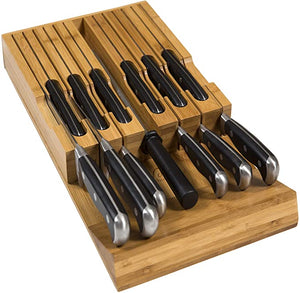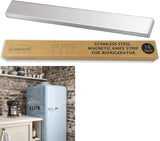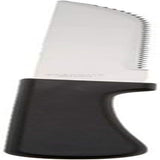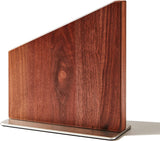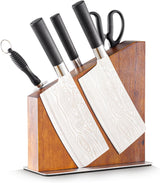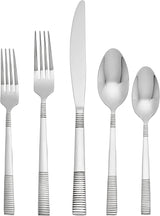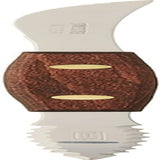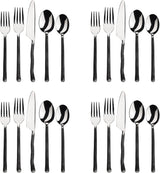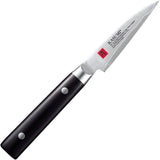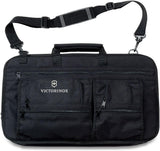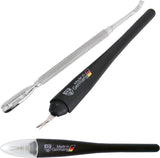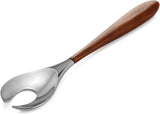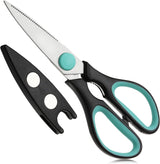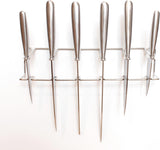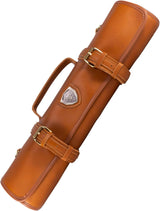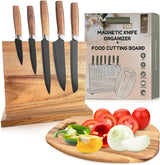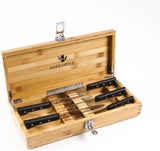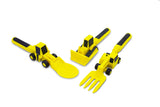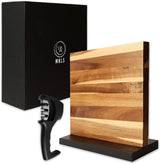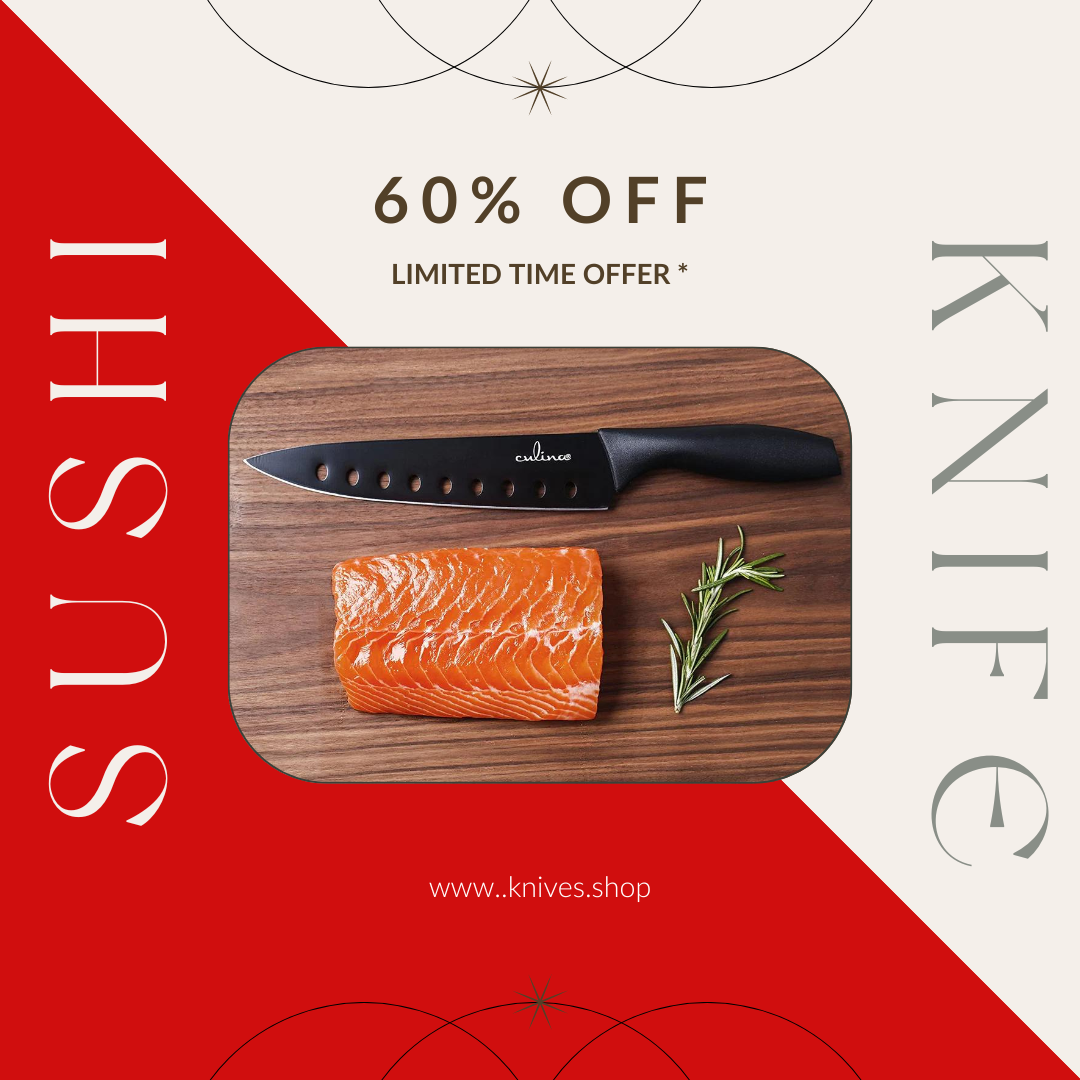For kitchen professionals, selecting the right tool for each culinary task is essential. Two critical tools in food preparation are the boning knife and the fillet knife, but many wonder what is the difference between a boning knife and a fillet knife. Though they may look similar at first glance, each serves unique and specific purposes in the kitchen. Knowing their differences can not only elevate your efficiency but also protect the texture and flavor of your dishes.
The main difference comes down to the knife's flexibility, usage, and design. Lets dive into every detail to give kitchen professionals a clear understanding.

What Is a Boning Knife?
A boning knife is a specialized kitchen tool designed to remove bones from meat, poultry, and fish. It has a stiff blade that ranges from 5 to 7 inches in length. The blade's sturdiness and sharp tip make this knife perfect for tasks that require precision, such as trimming fat or deboning larger cuts of meat.
Characteristics of a Boning Knife
- Rigid blade structure
- Sharp, narrow tip
- Mostly used with beef, pork, and poultry
- Ideal for cutting through connective tissue
If you'd like to learn about other tools for meat preparation, check sharpening techniques for optimal performance.
What Is a Fillet Knife?
The fillet knife, on the other hand, is primarily a fish chefs best friend, designed to remove bones and skin from fish with ease. Its blade is thinner and more flexible, allowing smooth, curling cuts along the contours of the fish.
Characteristics of a Fillet Knife
- Thin, flexible blade
- Available in lengths between 6 to 11 inches
- Specialized for delicate cuts on seafood
- Precision trimmer to debone fish
If youre working on perfecting your seafood techniques, you may benefit from tutorials like filleting a bass.
Key Differences Between Boning and Fillet Knives
The two knives may share some similar design features, but they are optimized for very different uses. Here's where they differ:
Blade Flexibility
A boning knife's rigid blade provides stability for heavy-duty cuts, whereas the fillet knife's flexibility allows for seamless movement when cutting around tender bones and skin.
Primary Use
A boning knife excels at handling larger, firmer cuts of meat and poultry, while a fillet knife is reserved primarily for fish and other delicate proteins.
Design and Length
Another significant variation is the blade length. Boning knives are shorter and sturdier, whereas fillet knives have a more extended, tapered structure. Check out a guide to kitchen knife types for more context on knife lengths and their roles.
Which Knife Should You Choose?
Your choice depends on the type of protein youre handling. For professionals managing a wide range of meats, a boning knife is indispensable. However, if your day involves preparing seafood, the precision of a fillet knife cannot be matched.
Additionally, it's worth considering versatile solutions for specific scenarios. If you dont have a fillet knife, learn how to fillet without one.
FAQs
Can I use a fillet knife as a boning knife?
While you can technically use a fillet knife to debone soft proteins, it lacks the rigidity required for heavy-duty tasks like beef or pork.
What should I look for when buying these knives?
Always prioritize blade material, handle comfort, and the knifes specific purpose. High-carbon steel is an excellent option for both types.
How do I maintain the sharpness of these knives?
Regular honing and occasional sharpening are key. If you need tips, check our guide on kitchen knife care for professional advice.
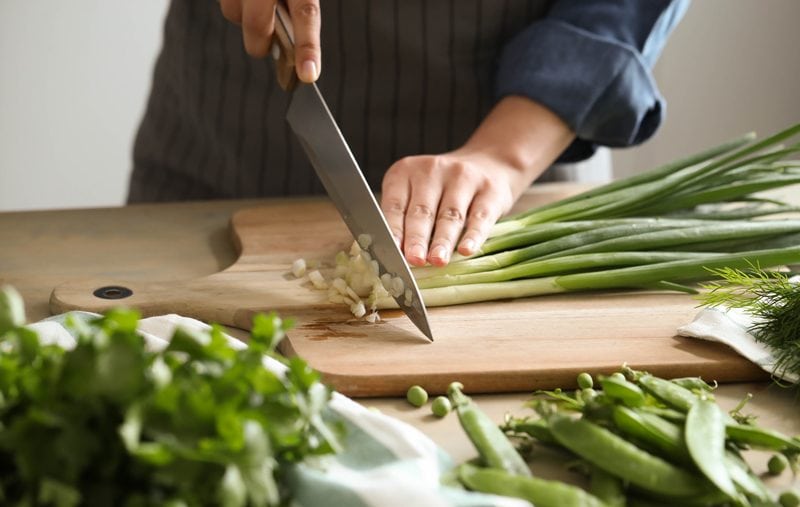
Conclusion
Understanding what is the difference between a boning knife and a fillet knife can transform your workflow in a professional kitchen. Each knife is uniquely suited to its task, ensuring efficiency and precision. Invest in high-quality tools that cater to your needs, and you'll notice a significant improvement in your craft.
This article contains affiliate links. We may earn a commission at no extra cost to you.
